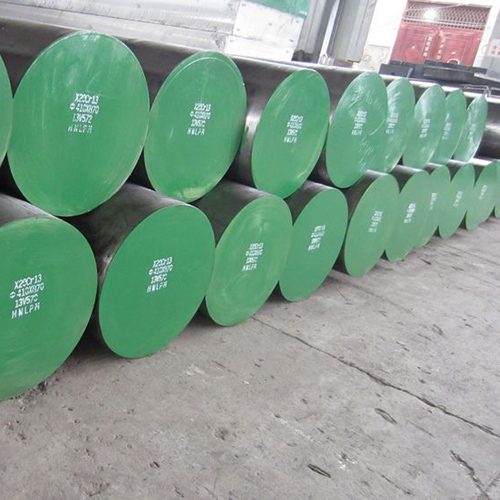Die-casting molds expect long mold life, high reliability, and high precision, which need the performance requirements for mold steel are:
high thermal strength, high hardenability, high thermal conductivity, high toughness and isotropy;
1) High thermal strength refers to maintaining a certain strength at high temperatures, which is what we often call red hardness;
In order for mold steel to have good red hardness, it must first have good thermal stability, because only when the thermal stability is good and the mold is working at high temperatures, the hardness will not decrease, and the hardness will not decrease, and the red hardness can be guaranteed, only with high thermal strength, the mold will not collapse or thermal fatigue cracking. In terms of alloy ratio, heat-resistant alloys have a high molybdenum content.
2) High hardenability, the hardness of the surface and the inside can be kept consistent after heat treatment.
In terms of alloy ratio, both chromium-based hot work die steel and chromium-molybdenum series hot work die steel can ensure high hardenability, which can be achieved as long as the smelting quality and heat treatment process of the die steel are good.
3) High thermal conductivity, the heat generated during the die-casting process is transferred out as quickly as possible;
Generally speaking, the thermal conductivity of chromium-molybdenum hot work die steel with high molybdenum content is higher than that of chromium and tungsten hot work die steel; In actual use, other heat dissipation factors such as water transportation and timely cooling of the mold Auxiliary support is also very important. You cannot rely solely on mold steel.
4) High toughness isotropy, high level of plasticity and toughness in all directions;
High toughness isotropic, which includes two meanings. One is high toughness, that is the higher the impact energy value, the better the toughness; Especially the higher the unnotched impact energy value, the better the ductility; This is consistent with the alloy configuration, has a lot to do with than rationalization.
High isotropy, which is what we commonly call isotropy, has high requirements on the rationalization of the alloy ratio of die steel, the smelting quality forging process, and heat treatment process.
Generally speaking, high-purity mold steel has low harmful impurity content, fine particle size of inclusions, and good heat treatment process, which means it has high isotropy. This is a comprehensive manifestation of multiple factors.
Therefore, die-casting molds must have long life, high reliability, and high precision. This is the comprehensive performance of multiple processes.
The quality of the mold steel is the foundation of everything.

